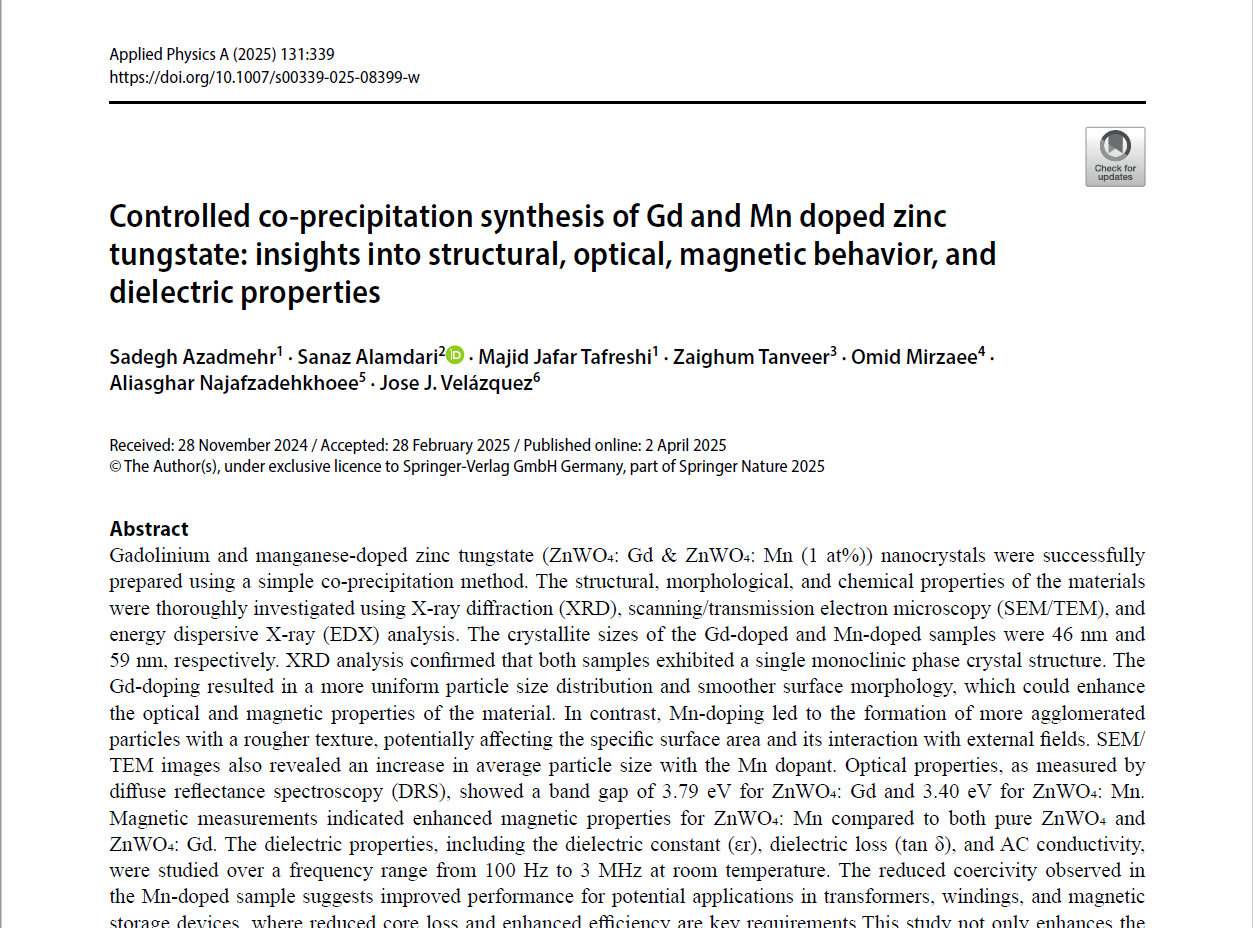
Failure analysis of copper heating blocks designed for brazing sheets
https://doi.org/10.1016/j.engfailanal.2025.109718
Two types of copper heating blocks, namely Cu-HCP and CuCr1Zr, with an electroless nickelphosphorous (NiP) bond coat and a chromium-nitride (CrN) top coat produced by physical vapour deposition (PVD), were designed for the production of heating blocks as part of a machine for brazing of non-ferrous metal sheets. These blocks were operated for several thousand continual heating/cooling cycles, resulting in an apparent degradation of the coating’s surface and peeling of the coating in the vicinity of the functional holes.
The results showed that using a copper-based material for heating blocks with electroless NiP and PVD CrN surface treatments is unsatisfactory for the given operating temperatures (590–628 °C). At these operating temperatures, a significant massive surface and internal oxidation of the heating blocks occurs, as well as diffusion of Ni, Cu and other elements, leading to the formation of Kirkendall voids. This process is most intensely seen near the functional holes, where, in addition, mechanical damage from the product handling and exposure to concentrated acid vapours accelerate the degradation.
Finite element analysis was used to determine the temperature, stress intensity and displacement fields of the brazing assembly during the brazing cycle. The main cause of damage to the copper heating block is thermal cycling, in which the stress intensity value exceeded the yield strength.
Other results
all results


